Major innovations in agricultural technology are often met with skepticism and criticism. As with any change, consumers and producers are at times reluctant. The introduction of tractors in the early 1900’s was both praised and condemned. The advancement was a symbol of progressive agriculture that drastically improved productivity, but was disdained by many for destroying a way of life that had previously revolved around a horse.
A hundred years later, production agriculture would not be possible without tractors and a host of new and emerging technologies that allow farmers and ranchers to meet growing demand. Today, producers are challenged to meet a constantly moving target of sustainability. They must produce more using fewer inputs; and protect the soil, air and water at virtually any cost. And somewhere along the way, farmers need to generate a profit to remain economically viable. Many modern producers use the latest technology to employ a farm management system to help them meet current demands.
Farmers in Oklahoma and across the country continue to benefit from advances in technology. The availability of these resources allows them to create short and long-term plans for their farms and measurably improve effectiveness and efficiency.
Combining advances in technology to develop a farm management system holds promise for consumers and producers.
Precision agriculture has been defined as a management system that is information and technology based, is site specific, and uses one or more of the following sources of data: soils, crops, nutrients, pests, moisture, or yield, for optimum profitability, sustainability, and protection of the environment.
Precision agriculture, also known as site-specific or prescription agriculture, is made possible by combining the Global Positioning System (GPS) and geographic information systems (GIS.) GPS-based applications can now be used for farm planning, field mapping, soil sampling, tractor guidance, crop scouting, variable rate applications, and yield mapping.
In the past, it has been difficult for farmers to correlate production techniques and crop yields with changes in soil. Advancements in technology have made agricultural applications more accurate, cost effective and user friendly.
Bill Richardson, sixth generation farmer and Director of Training and Education for SST Software in Stillwater, noted, “Too many times the focus has been to increase outputs by increasing inputs. The message with precision agriculture is different. Its focus is optimization of those inputs to maximize the soil’s potential.”
GPS technology allows farmers to reference soil, water and yield at selected points within a field and apply precisely the right amount of inputs according to their needs. In addition to the cost-saving benefits for producers, the development of precision agriculture has proven beneficial for the environment. Soil and water quality can benefit from reduced or targeted application of nutrients, pesticides and irrigation water. Less soil compaction and erosion occurs when precision agriculture is used to control where equipment travels within a field.
The success of a precision agriculture management system hinges on the data collected and the way it is used. With advances in software to track and monitor changes within a field, a farmer can set production goals for each year and make business plans multiple years in advance.
In addition, producers can compare year-over-year data to see improvements in soil quality and yield from their farm management systems. Farmers now have the opportunity to make decisions based on current, quantitative data collected from specific points within each field.
“Identifying differences in the soil is a start, but how do you better manage that variability?” Richardson questioned. “That is where the science, the art, and the Oklahoma resolve of our dust bowl generation meet up with today’s technological advancements to increase not only our stewardship toward this land, but also our state’s place among the agricultural leaders on this planet.”
The application of precision agriculture may look a little different in each operation, but the possibilities are seemingly endless. The end result for the consumer remains the same – a consistent, quality, and affordable product produced with the least environmental impact. All in all, a win for everyone.
